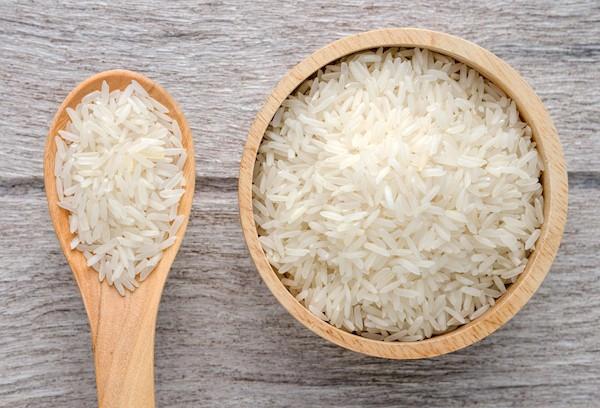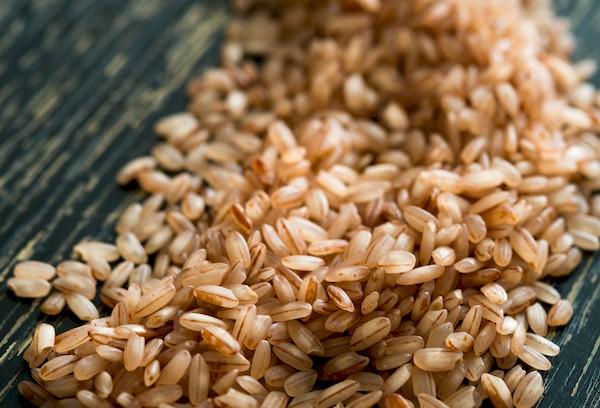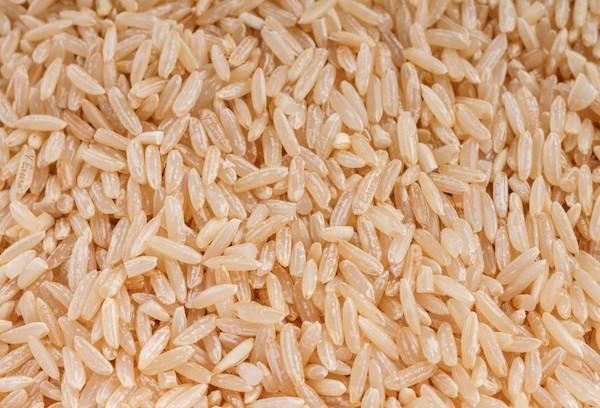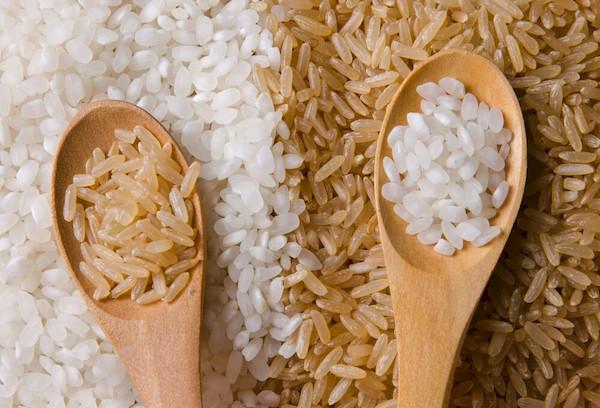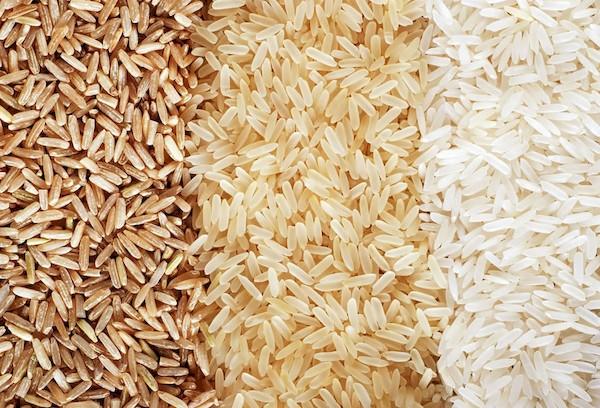Difference between milled, unpolished and parboiled rice
Content:
At different stages of processing, rice grains change their appearance and acquire different taste characteristics. To answer the question, “what is polished rice?”, let’s compare it with other popular types (steamed and unpolished). Sanded grain has the lightest shade, usually snow-white, but variations are possible. The cereal cooks quickly and is prone to overcooking. Boiled rice grains are soft, delicate in taste, sticky, and are well soaked in milk, broth, and sauces.
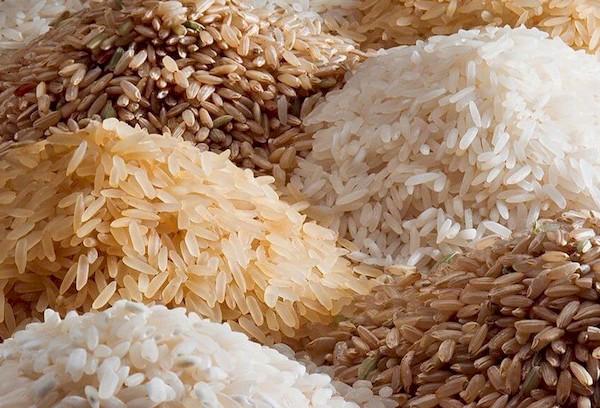
Polished rice
The second name for the cereal is white rice. It is the most consumed variety worldwide. The rice grain is peeled and thoroughly polished. The surface becomes even and smooth to the touch. Polished rice is often white.
Cereals are loved, first of all, for their excellent appearance, softness, and tenderness. It cooks quickly and is able to absorb the flavors and aromas of other foods. Indispensable for preparing delicate milk porridges and soups. Risotto, pilaf, and sushi are prepared from certain varieties of polished rice.
This species is characterized by starchiness. This is a high-energy product with a low content of vitamins and minerals.
Brown rice
Another name is brown or brown rice.It is a grain that has been cleared of its hard shell. The bran shell is preserved and gives the cereal a light brown, dark brown, or less often a different color. It is bran that is considered a container of nutrients. They contain the lion's share of all minerals and vitamins.
Unpolished rice contains:
- vitamins B1, B2, B3, B5, B6, B9, PP;
- magnesium;
- phosphorus;
- potassium;
- zinc;
- copper;
- manganese;
- cellulose.
The other side of the coin is that the oil-containing shell reduces the shelf life of the rice grain; the grain quickly goes rancid. The product has a specific taste. Especially in unpolished aromatic varieties (red French rice, the famous Basmati and Jasmine varieties).
Parboiled rice
This name on the package tells us that the rice grains were specifically processed: soaked in water, doused with hot steam under pressure, dried and polished.
As a result of steam treatment, approximately 80% of the beneficial substances from the shell pass into the grain.
In addition, during the process starch gelatinizes and partial hydrolysis of vegetable protein occurs. The glycemic index of cereal decreases from 70 to 50, which allows people with diabetes, prediabetes, and excess body weight to eat it.
Parboiled rice grains look like beads, translucent, amber in color. They lighten when cooked. The side dish turns out white and crumbly. Even after reheating, the rice grains do not stick together and retain a good balanced taste.
Comparison of what they are better suited for
The following comparison table will help you decide which rice is best to use for what:
| Polished rice | Brown rice | Parboiled rice | |
| Appearance | smooth, matte, usually white grain | rough, coarse grain with a brown tint | translucent amber-yellow grain |
| Overcooked | often, grains are soft | rare, quite hard after cooking | never remains crumbly |
| Cooking time | 10-15 minutes | 25 minutes | 20-25 minutes |
| Taste | tender, starchy | with nutty notes | balanced |
| Dishes | milk porridges, soups, puddings, desserts, sushi and rolls, Japanese dishes, meatballs, cabbage rolls, pies | side dish, pilaf, salads, oriental dishes, PP dishes | side dish, European and Oriental dishes, pilaf |
| Nutrient content | low | 100% | 80% |
| Calorie content | 330 kcal | 285 kcal | 320 kcal |
| Shelf life | 18 months | 12 months | 18 months |
Attention! The inscription on the package “polished”, “unpolished”, “steamed rice” only tells about the method of processing the cereal, but not about the variety and type.
Milled rice can be round, medium grain, long grain, Arborio, Basmati and others. The same variety is often produced polished and unpolished (Basmati, Jasmine). Polished Laser is considered one of the best for preparing Uzbek pilaf, and polished Krasnodar rice will turn out the same dish like a mess.
How to choose high-quality milled rice in the store?
During the grinding process, the grain tends to break down. Packages with low-quality products may contain a lot of starch dust, grain fragments, and plant debris. Quality milled rice:
- has grains of the same size and color (from snow-white to cream);
- does not contain grain fragments or visible dust;
- easily and quickly rinses to clear water;
- has a neutral odor.
Advice. Always pay attention to the expiration date of cereals. Usually it does not exceed 1.5 years. An expired product becomes excessively dry, tasteless, and may smell unpleasant.
Question answer
How to cook without it getting overcooked?
Not all varieties of polished rice are suitable as a side dish. For example, it is better to cook milk porridge from Krasnodar round-grain rice. You can resort to a life hack: rinse thoroughly and soak the cereal in cold water for 1 hour. Rinse, pour fresh cold water in a ratio of 1:1.5. Cook after boiling for 10 minutes. Let sit covered for 10 minutes. Add ghee. You can also fry the cereal in a frying pan (with the addition of vegetable oil) before cooking. But the main thing is short cooking and maintaining a 1:2 ratio of dry rice to water.
Which one is better to eat on a diet?
Unpolished rice grains are considered to be the most beneficial for your figure and overall health. It contains vitamins and microelements, fiber, is low in calories and at the same time eliminates the feeling of hunger for a long time.
Now you know what polished rice is and how it differs from unpolished and steamed rice. There’s nowhere in the kitchen without it: cook milk porridge, rice soup, cabbage rolls, risotto, sushi and much more. Steamed, unpolished cereal is better for health, for a tasty crumbly side dish and pilaf.
